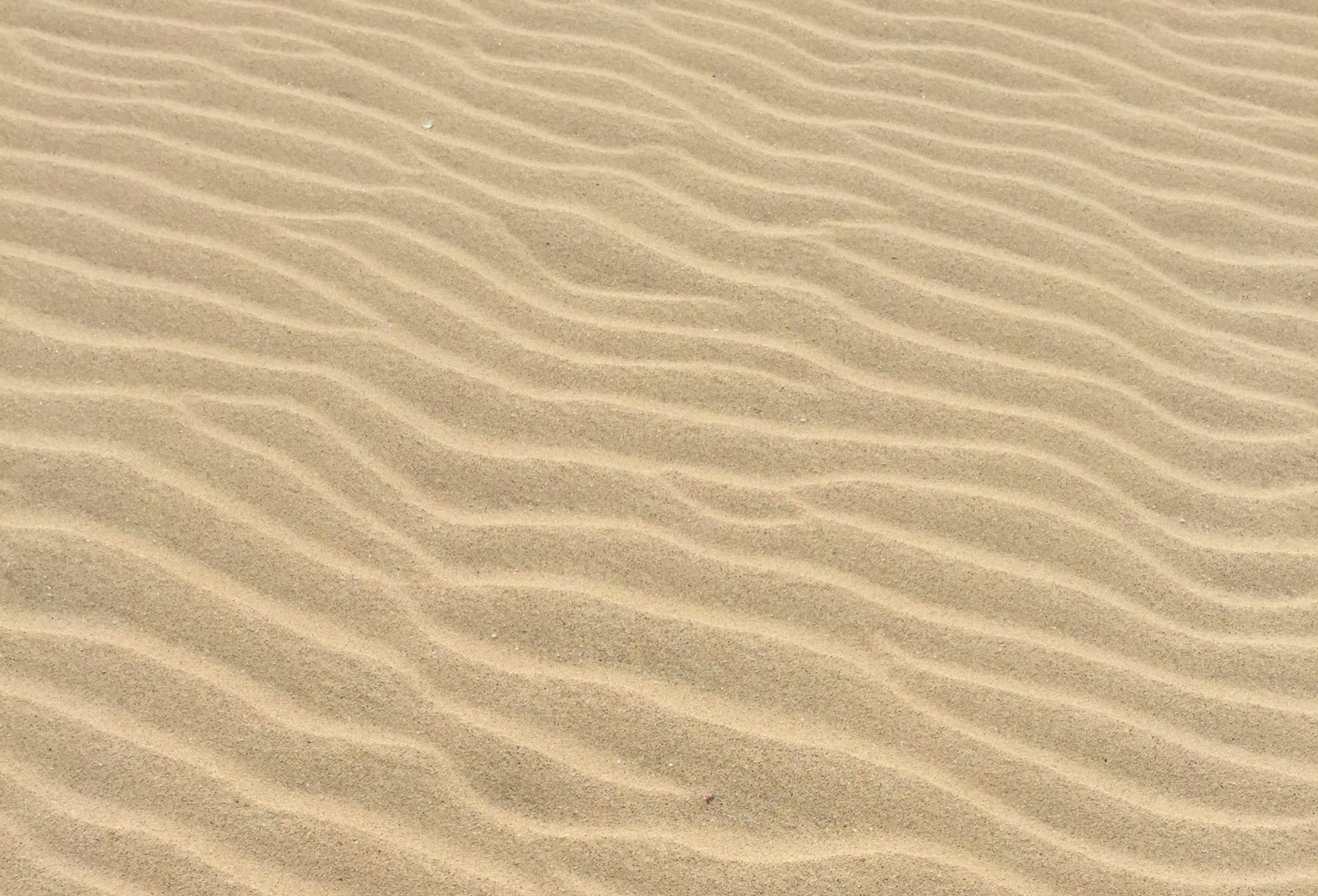One of the many advantages of sand jogging tracks is their lower impact on the joints compared to harder surfaces, which can reduce the risk of overuse injuries commonly associated with jogging, making it a safer and more sustainable exercise option.
Qatar’s Al Gharrafa district is poised to introduce the nation’s first sandy jogging track after the Central Municipal Council (CMC) secured initial approval for the project, which involves constructing a two-kilometre sand walkway in Al Azghawa.
This innovative venture is motivated by the substantial health benefits that sand walkways offer.
One of the key advantages is the elimination of negative energy and excessive electrons from the body.
The Ministry of Public Health (MoPH) is actively involved in selecting a suitable type of sand to fulfil the health specifications for joggers, ensuring the track’s effectiveness.
The announcement was made by Deputy Chairman of CMC, Mubarak Feraish Al Salem, during an interview with Qatar Radio.
There are also plans to expand Al Gharrafa Park, located on Umm Al Zuber Street, to better serve the growing visitor numbers.
The expansion will utilise an adjacent 25,000 sqm area, previously employed for bus services during the FIFA World Cup Qatar 2022.
This space will be transformed to include more walkways, lush green spaces, landscapes, and play areas for children, significantly enhancing the park’s appeal and functionality.
As this ambitious project progresses, the health benefits of sand walkways deserve further attention.
Walking or jogging on a sandy surface is considerably more challenging than on a hard surface, leading to increased calorie expenditure and enhanced muscle strengthening.
The natural unevenness of sand also contributes to improved balance and joint stability, making it an excellent choice for a full-body workout.
Additionally, the act of walking barefoot on sand has been associated with a range of health benefits, including reduced inflammation, better sleep quality, and an overall sense of well-being due to the grounding effect.







